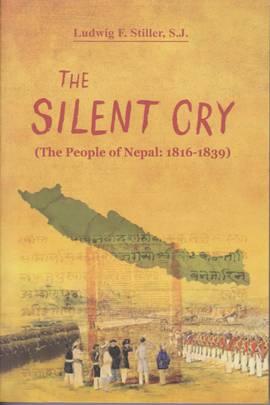In this book, Ludwig F. Stiller, a leading Nepalese historian, has described the Treaty of Sugauli as "a beginning rather than an end to Nepal's time of troubles." The Treaty was signed on December 2, 1815 and ratified by March 4, 1816, between the British East India Company and Nepal ending the Anglo-Nepalese War (1814–1816).
The Treaty of Sugauli called for - territorial concessions in which parts of the unified Nepal were given to British India, the establishment of a British representative in Kathmandu, and allowing Britain to recruit Gurkhas from Nepal for their military service. By virtue of this Treaty, Nepal also lost the right to deploy any British, American or European employee in its service without British approval. Earlier several French commanders had been deployed in Nepal to train the Nepali army.
Under the Treaty, about one-third of Nepalese territory was lost, including Sikkim (whose Chogyals supported Britain in the War); territory to the west of the Mahakali River like Kumaon and Garhawal (present Indian state of Uttarakhand); some territories to the west of the Sutlej River like Kangra (present day Himanchal Pradesh); and much of the Tarai region. A part of the Tarai Region was restored to Nepal under a revision of the treaty and more territory was returned in 1865 to thank Nepal for helping the British to suppress the Indian rebellion of 1857.
The Silent Cry is a book that describes Nepal's people and their polity in the next twenty-three years after the ratification of the Treaty of Sugauli. It is the period that has been largely ignored in the modern history of Nepal.
![]() Descriptions are sourced from publishers or third parties and are not independently verified
See our disclaimer
Descriptions are sourced from publishers or third parties and are not independently verified
See our disclaimer

